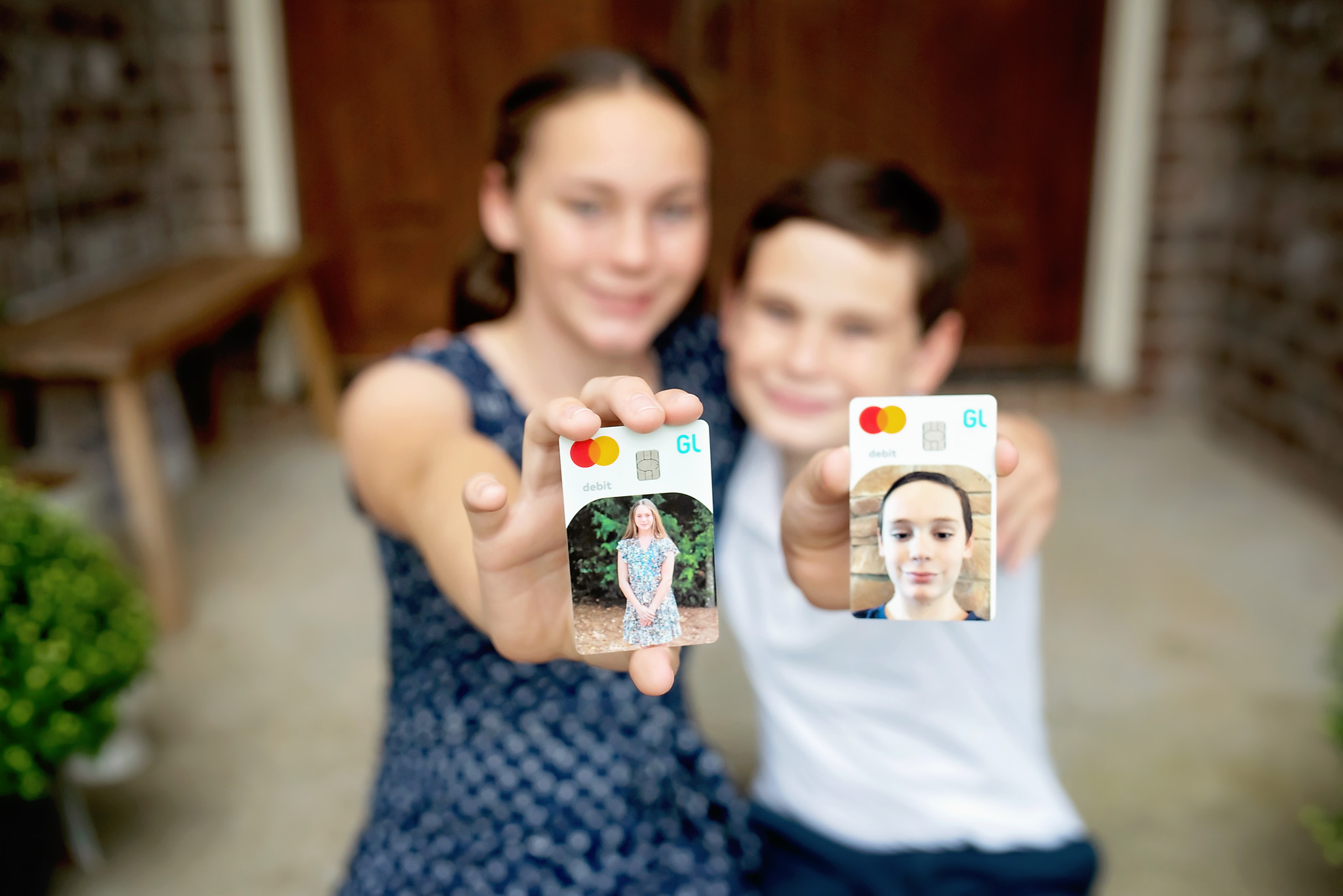Explaining Credit and Debit Cards to Kids: Real-Life Examples and Parent Insights
Explaining Credit and Debit Cards to Kids: Real-Life Examples and Parent Insights
Understanding the difference between credit and debit cards is essential for building financial literacy from a young age. As parents, sharing real-life experiences can help make these concepts more relatable and easier to understand. In this blog post, we’ll break down the differences between credit and debit cards using simple examples and practical stories.
Why Teach Kids About Credit and Debit Cards?
Today’s cashless society makes it crucial for kids to understand how cards work. Knowing the differences between credit and debit cards helps them make smart financial choices in the future and avoid common pitfalls.
Credit Cards: Borrowing Money to Pay Later
A credit card allows you to make purchases even if you don’t have cash on hand. You’re essentially borrowing money from the bank and agreeing to pay it back later—usually with interest if not paid on time.
Real-Life Example: Mom’s Grocery Shopping
Imagine Mom buys groceries using a credit card. She doesn’t have the cash right now but plans to pay the bill next month. If she pays it in full, there’s no extra cost. But if she only pays part of it, interest charges add up.
- Advantages:
- Convenient for large or unexpected expenses.
- Can build a good credit history when paid on time.
- Offers rewards or cashback.
- Disadvantages:
- High interest rates if not paid in full.
- Risk of debt if overspending.
Debit Cards: Spending Money You Already Have
A debit card, on the other hand, is directly linked to your bank account. When you use it, the money is immediately taken from your balance.
Real-Life Example: Dad’s Gas Purchase
Dad uses a debit card to fill up the car’s gas tank. The money comes straight out of his checking account, so he knows exactly how much he has left.
- Advantages:
- Uses your own money, no debt risk.
- Helps with budgeting since you can’t spend more than you have.
- Disadvantages:
- No credit history or reward points.
- Can result in overdraft fees if the account balance is too low.
Key Differences Between Credit and Debit Cards
| Feature | Credit Card | Debit Card |
|---|---|---|
| Payment Source | Borrowed from the bank | Directly from your bank account |
| Interest Charges | Yes, if balance not paid in full | No |
| Rewards | Often offers cashback or points | Usually no rewards |
| Credit Building | Helps build credit history | Does not build credit history |
| Overdraft Fees | No | Possible if account balance is too low |
Tips for Teaching Kids About Cards
- Share Your Stories: Use real-life examples of when you used a credit or debit card and why.
- Simulate Scenarios: Create simple pretend situations where they choose which card to use.
- Emphasize Responsibility: Teach that credit is not “free money” and must be paid back.
Final Thoughts
Helping kids understand the difference between credit and debit cards is an important part of financial education. By using relatable stories and real-life scenarios, parents can make these concepts easy and memorable. Start talking to your kids about responsible card use today!
Amazon best seller






Comments